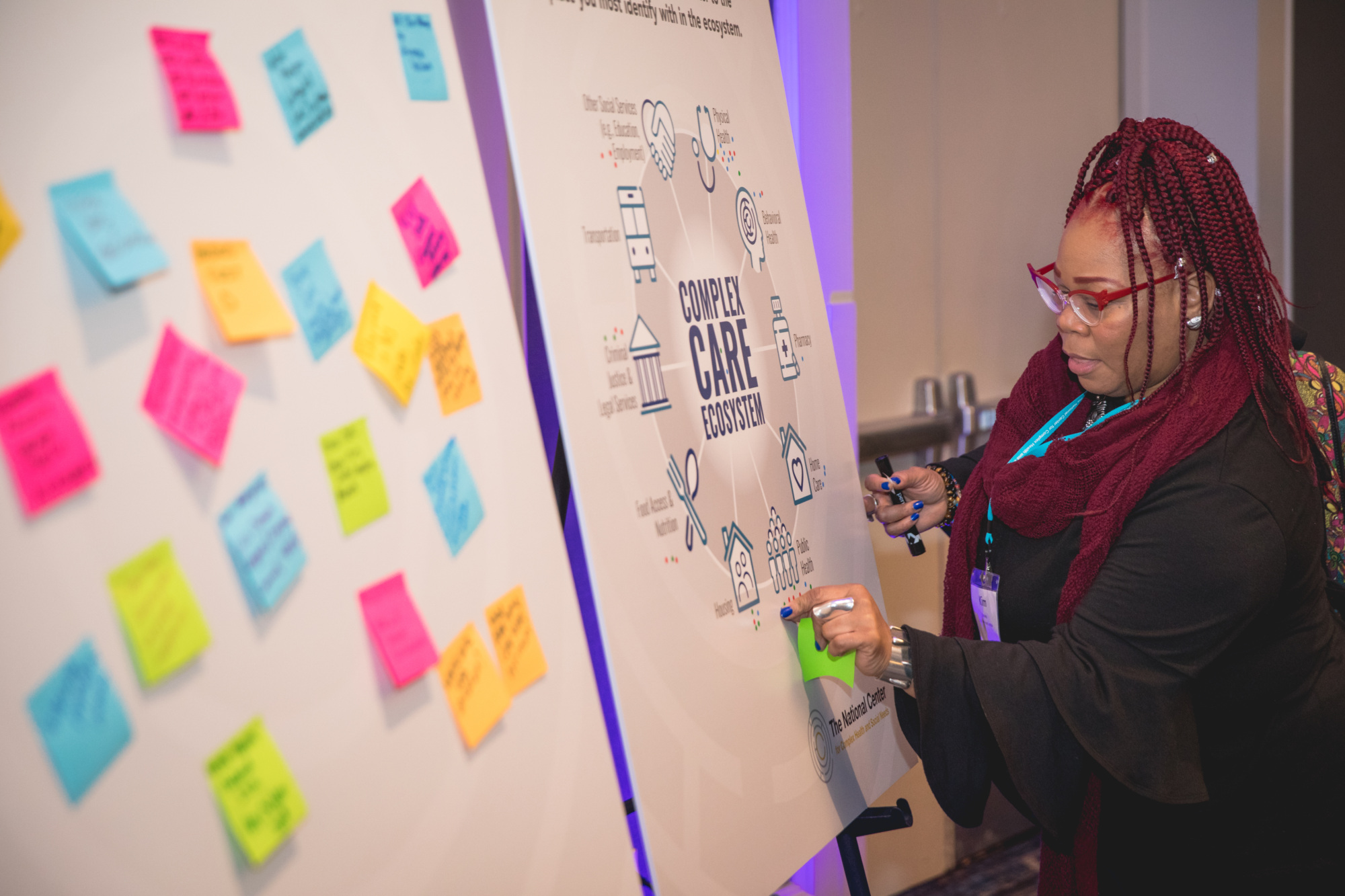Randomized controlled trial

From 2014–2017, the Camden Coalition partnered with researchers affiliated with J-PAL North America to measure the impact of the Camden Coalition’s care management program, the Camden Core Model, on hospital readmission rates.
The study, published in the New England Journal of Medicine, showed similar readmission rates in the control and intervention groups at 180 days. The study also found that the Camden Core Model was associated with increased SNAP participation.
Following the release of the study in early 2020, we and our partners dove back into the data to figure out what else we could learn. In 2023, we published three new analyses of the 2014-2017 RCT data. One, published in Health Affairs, concluded that the Camden Core Model is effective in connecting people with complex health and social needs to primary and specialty care and to the durable medical equipment they need. The other two studies are secondary analyses that indicate that the Camden Core Model does have an association with lower hospital readmission rates when delivered with the intended dosage, which is more likely among those with less social complexity.
These results highlight that complex care cannot be accomplished alone. Strengthening ecosystems of care — including social services, behavioral health, public health, community-based organizations, and government agencies — to serve people with complex health and social needs is the path forward.
The results also highlight the areas of social need where more investment is needed. RCT participants with housing instability, recent criminal justice involvement, and behavioral health needs were among the least likely to engage in care management. In response, we have redoubled our efforts to strengthen rapid connection to permanent housing, legal services, and addiction and mental health treatment in Camden.
The RCT has also fueled our efforts to develop better ways to measure the impacts of complex care programs on the lives of participants and their communities.
Related blog posts:
Evaluating the Camden Core Model: How a research partnership between the Camden Coalition and J-PAL North America was built
Sharing evidence to inform the future of healthcare delivery and complex care: Lessons from the Camden Coalition and J-PAL North America partnership
Related resources:



Healthcare hotspotting: A randomized, controlled trial
Care management & redesign Measurement & evaluation Public benefits
Results and lessons from the Camden Coalition’s randomized controlled trial
From siloed systems to ecosystem: The evolution of the Camden Coalition’s complex care model
Care management & redesign Strengthening ecosystems of care Quality improvement